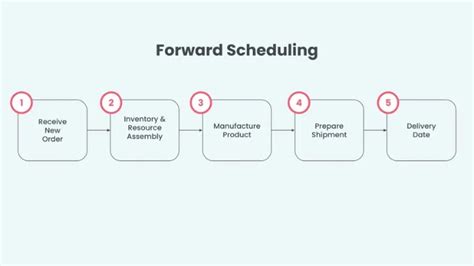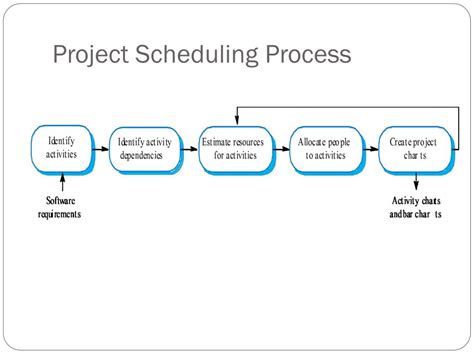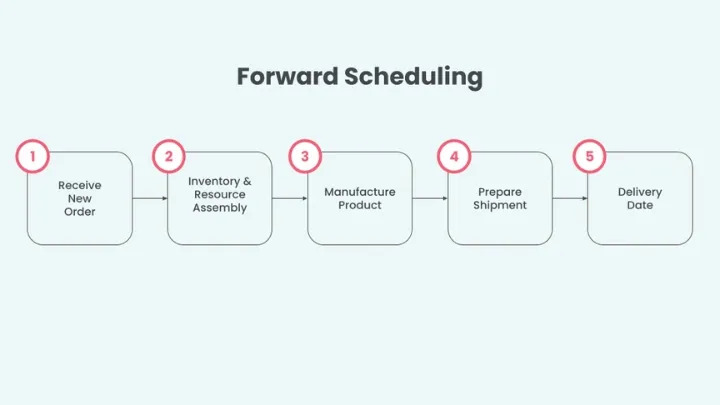Cultural Resource Management (CRM) plays a vital role in preserving the heritage and traditions that define communities around the world. As our global landscape continues to evolve, the importance of protecting and managing cultural resources has never been more crucial. This article delves into the core principles of CRM, offering insights into effective cultural resource assessments, legal and ethical considerations, and the development of preservation plans. We will also explore the significance of community engagement and stakeholder collaboration, as well as the innovative use of technology to enhance management efficiency. Whether you’re a professional or an enthusiast, mastering these strategies is essential for safeguarding cultural heritage.
Join ritarblog.com as we delve deeper into this topic.
1. Understanding the Fundamentals of Cultural Resource Management
Cultural Resource Management (CRM) is the practice of safeguarding a community’s heritage by identifying, evaluating, and preserving its cultural resources. These resources encompass historic buildings, archaeological sites, artifacts, and landscapes that hold significant meaning to the community. The cornerstone of CRM lies in a systematic approach to understanding the cultural, historical, and social values these resources embody. This process commences with a comprehensive inventory and documentation of cultural assets, followed by rigorous assessments to determine their significance and vulnerability. Effective CRM demands a collaborative, multidisciplinary approach, integrating knowledge from fields such as history, archaeology, architecture, and anthropology. The ultimate goal is to ensure the responsible management of these resources, balancing their cultural importance with the needs of contemporary development. By comprehending the fundamentals of CRM, professionals can make informed decisions that safeguard cultural heritage for future generations, fostering a deeper connection between communities and their past.

2. Conducting Effective Cultural Resource Assessments
Conducting effective cultural resource assessments is a critical step in Cultural Resource Management (CRM) that ensures the preservation and protection of valuable heritage sites. This process begins with a comprehensive survey, which involves identifying and recording all cultural resources within a specific area. The assessment aims to evaluate the significance of these resources by considering factors such as historical value, architectural integrity, and cultural importance to the community.
Once the resources are identified, a thorough analysis is conducted to determine their condition, potential threats, and the impact of proposed developments or environmental changes. This analysis often includes consultations with historians, archaeologists, and local communities to gain diverse perspectives on the resource’s importance.
After gathering and analyzing the data, a detailed report is created, outlining the findings and providing recommendations for preservation or mitigation strategies. This report serves as a crucial tool for decision-makers, guiding them in balancing development needs with cultural preservation.
Effective cultural resource assessments not only safeguard heritage sites but also foster community pride and ensure that the cultural narratives of a region are preserved for future generations. The process requires meticulous attention to detail and collaboration among various stakeholders to be truly successful.

3. Legal and Ethical Considerations in Cultural Resource Management
Cultural Resource Management (CRM) places great importance on legal and ethical considerations, guaranteeing that the preservation of cultural heritage is carried out responsibly and adheres to established regulations. The legal landscape governing CRM differs across regions, but generally encompasses laws and policies aimed at safeguarding historic sites, artifacts, and cultural landscapes. These regulations may dictate the methodologies for conducting assessments, the criteria used to establish significance, and the protocols for minimizing impacts on cultural resources.
CRM professionals face ethical challenges in managing cultural narratives, including issues of ownership, access, and representation. They must respect the rights and perspectives of indigenous communities and other stakeholders whose heritage is being preserved. Involving these communities in decision-making processes is a crucial ethical responsibility and ensures the relevance and success of preservation efforts.
Moreover, CRM professionals are required to maintain transparency in their practices. Their evaluations and suggestions should be rooted in precise data and informed judgment. Balancing the need for development with cultural preservation necessitates a profound comprehension of both legal commitments and ethical obligations. This ensures that cultural assets are managed with integrity and due respect.

4. Developing and Implementing Preservation Plans
Preservation planning is a critical component of Cultural Resource Management (CRM), safeguarding cultural heritage for future generations. This process hinges on a thorough understanding of the significance of cultural resources identified during the assessment stage. Each preservation plan is customized to meet the unique requirements of the resource, encompassing factors like historical value, environmental influences, and potential threats from development or natural degradation.
A successful preservation plan details the specific actions needed to safeguard and maintain the integrity of the cultural resource. This may encompass conservation treatments, routine maintenance schedules, and measures to protect against environmental hazards. The plan should further integrate strategies for regularly monitoring the resource’s condition, enabling necessary adjustments as circumstances evolve.
Community involvement is crucial to successful preservation plans. This engagement ensures local stakeholders are invested and supportive of the preservation efforts. By meticulously developing and implementing these plans, CRM professionals can protect cultural heritage while navigating the complexities of modern development and environmental challenges.
5. Community Engagement and Stakeholder Collaboration
Cultural Resource Management (CRM) thrives on community engagement and stakeholder collaboration. These practices are crucial for ensuring that the voices and values of those most connected to cultural resources are heard and respected during the preservation process. This involves actively engaging local residents, indigenous groups, historians, and other stakeholders in discussions about the significance of cultural resources and the most effective ways to manage them.
Collaboration with stakeholders cultivates a shared sense of responsibility and ownership, ultimately contributing to more sustainable and successful preservation outcomes. By incorporating diverse perspectives, CRM professionals gain deeper insights into the cultural, social, and historical significance of the resources they manage.
Effective collaboration is essential for building trust and transparency, both of which are vital for securing community support for preservation efforts. Public meetings, workshops, and educational programs provide valuable platforms for fostering engagement, empowering stakeholders to actively participate in decision-making processes. By encouraging community involvement and collaboration, cultural resource management initiatives become inclusive, respectful, and aligned with the values of those who cherish these resources.
6. Utilizing Technology and Tools for Efficient Management
In contemporary Cultural Resource Management (CRM), embracing technology and tools is essential for enhancing efficiency and accuracy in safeguarding cultural heritage. Modern technologies provide innovative approaches to documenting, analyzing, and protecting cultural resources. Geographic Information Systems (GIS) enable CRM professionals to map and visualize cultural sites with precision, facilitating the assessment of their spatial relationships and potential risks posed by environmental or human activities.
Digital databases and archives offer a centralized platform for storing and accessing comprehensive information about cultural resources. This facilitates efficient sharing of data among interested parties, enabling collaborative efforts in resource management. Additionally, these tools empower stakeholders to monitor the condition of resources over time, enabling prompt and targeted interventions when required.
Moreover, technologies such as 3D scanning and photogrammetry allow the production of highly detailed digital models of artifacts and sites. These models serve multiple purposes, including virtual preservation and educational initiatives. Furthermore, they provide valuable assistance in restoration projects by offering precise references for reconstructing damaged or deteriorated components.
By integrating these technologies into CRM practices, professionals can streamline processes, enhance data accuracy, and foster greater collaboration among teams. This approach not only strengthens the protection of cultural heritage but also makes the management process more transparent and accessible to a wider audience.
Mastering Cultural Resource Management requires a comprehensive approach that blends fundamental knowledge with practical strategies. By understanding the core principles, conducting thorough assessments, and navigating legal and ethical considerations, professionals can develop effective preservation plans. Engaging with communities and utilizing advanced technologies further enhances these efforts, ensuring cultural heritage is protected and respected. Through dedicated management and collaboration, we can preserve our cultural legacy for future generations, balancing heritage preservation with contemporary needs.
ritarblog.com

